Select this license type when you are developing an app for iOS, Android, or Windows Phone, and you will be embedding the font file in your mobile application's code.
Versatile EP
by Borges Lettering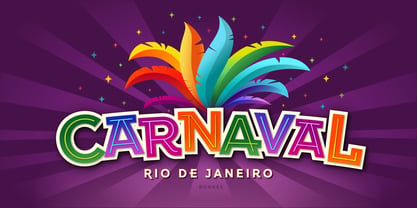

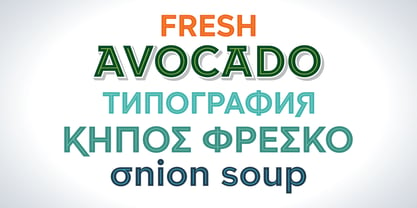

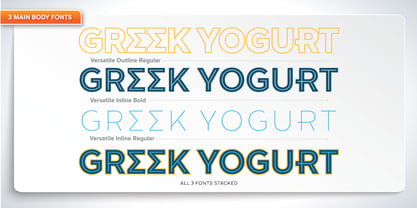
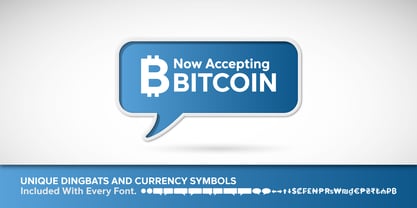
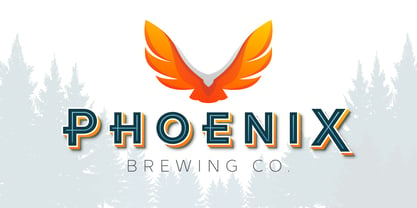
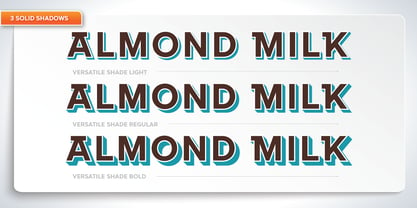
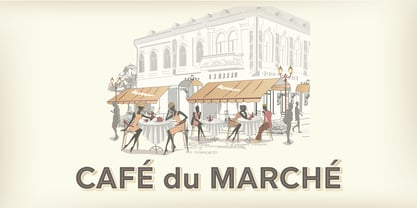


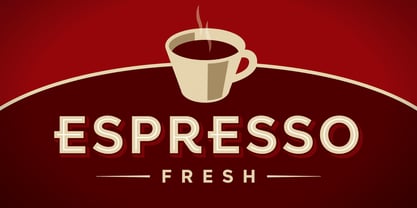
- Aa Glyphs
-
Best ValueFamily Packages
- Individual Styles
- Tech Specs
- Licensing
About Versatile EP Font Family
Versatile EP is a powerhouse of 9 fonts that make design and logo creation effortless. While other sans-serif fonts tend to be rigid and cold, Versatile stands out with it's warm and natural feel. It's generous x-height aids in its legibility and function, and the forms are classic yet modern allowing this font to live up to its name as a truly versatile workhorse for your next design or layout. Use it by itself, or in combination with Versatile 7 layer font package (Sold Separately.) https://www.myfonts.com/fonts/charlesborges/versatile-bold/
Versatile EP contains 3 body styles, and 6 shadow fonts including striped and solid in different weights.
Versatile EP is not just for the Graphic Designer. It's well suited for the Sign Maker, Cricut and Silhouette users, and anyone else who uses a vinyl plotter. It weeds beautifully in cut vinyl. Its different layers allow the user to stack multi-colored vinyl to create one a kind signs and displays.
Versatile EP is ideally suited for advertising and packaging, logo, branding and creative industries, poster and billboards, signage as well as web and screen design.
What's included:
- 9 Fonts included in for one low price: 3 body fonts and 6 different shadows.
- 1,462 Glyphs (Characters) in each font for a total of 13,158 Glyphs per style pack.
- Over 200 Languages supported including Cyrillic, Bulgarian Cyrillic and Greek.
- A massive library of Alternate Characters: Latin, Extended Latin and Cyrillic Alternates including their Diacritic and Small Cap counterparts.
- Superscripts, Subscripts, Numerators, Denominators, and Scientific Inferiors.
- Small Caps in Latin, Extended Latin and Cyrillic include Numbers, Punctuation, Diacritics and Alternates.
- Extended currency symbols including Bitcoin.
- Fun assortment of speech bubbles.
- Unlimited fractions.
- PUA Encoded
Versatile EP makes designing fun!
Designers: Charles Borges de Oliveira
Publisher: Borges Lettering
Foundry: Borges Lettering
Design Owner: Borges Lettering
MyFonts debut: Apr 8, 2021
About Borges Lettering
The first letterforms that Charles Borges de Oliveira perfected were done with paint and a brush. As an apprentice sign painter, the designer learned to appreciate letters and all that goes into their creation. When he applied these skills and made a font for his wife called Sarah Script, he knew that his love for letters had evolved into a new medium. A studio offering high quality fonts as well as custom hand-lettering work, Borges Lettering was founded in 2003. Charles’ debut font, Sarah Script, blazed a trail for success that many of his fonts have since followed. Two of his typefaces, Louisiana and Alpine Script, have been featured in our Rising Stars Newsletters and both spent time on our Best Seller list. “I think what makes our foundry unique,” Charles says, “is that I spend so much time perfecting the letters. It’s not uncommon for me to spend anywhere from a year and a half to five years making a typeface.” His most recent release, and a MyFonts best seller, Desire, took him five years to complete and is one of his largest typefaces to date. You’ve seen his work utilized by high-end clients like NBC, the Food Network, and Sharpie. One of his fonts, Sarah Script, was even featured in promotional material for President Obama’s campaign. With a collaborative font in the works and a new script on the horizon, fans of Charles Borges de Oliveira have a lot to look forward to.
Read more
Read less
- Choosing a selection results in a full page refresh.